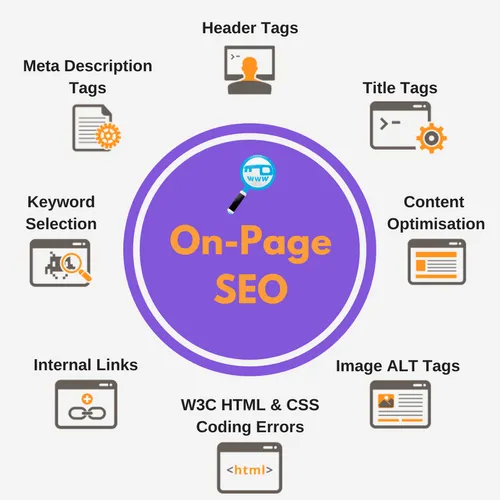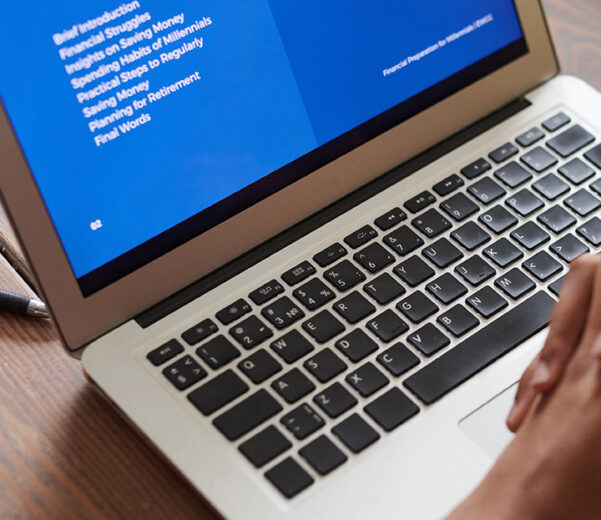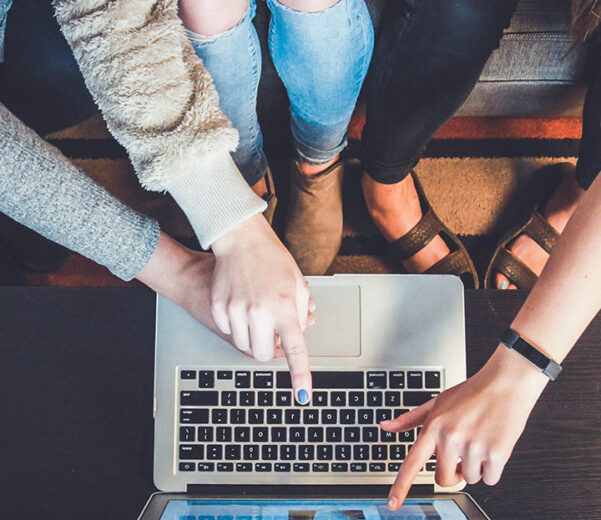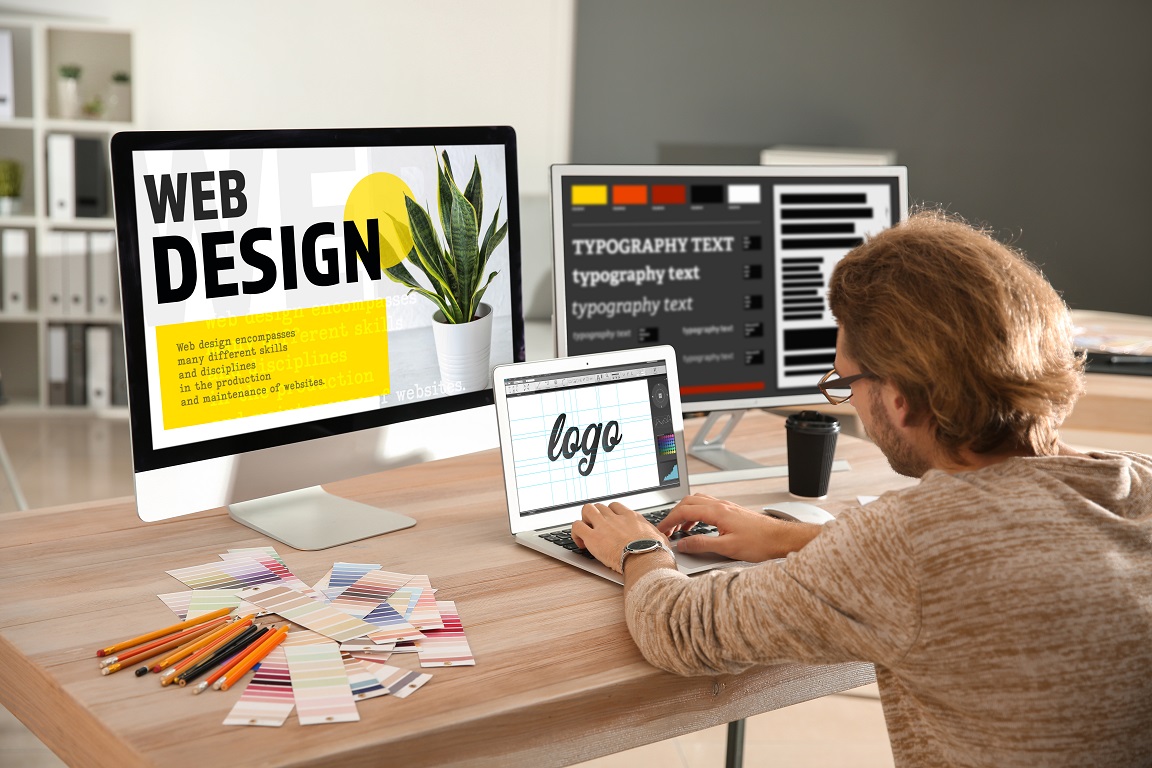Mastering Layout Design: Crafting Visually Striking Content
In today’s fast-paced digital world, grabbing your audience’s attention has never been more challenging. Whether you’re designing a website, a poster, a magazine, or any other type of visual content, the layout design plays a pivotal role in capturing and retaining your viewer’s interest. A well-thought-out layout can transform ordinary content into a visually stunning masterpiece that not only conveys your message but also leaves a lasting impression. In this guide, we will delve into the art and science of layout design, exploring its principles, techniques, and the impact it has on your audience.
The Fundamentals of Layout Design
Layout design is the arrangement of visual elements within a given space to create a harmonious and visually appealing composition. To create compelling layouts, you must first understand the fundamental principles that govern this art form.
Balance
Achieving a sense of balance is crucial in layout design. There are two types of balance – symmetrical and asymmetrical. Symmetrical balance involves arranging elements symmetrically around a central point, while asymmetrical balance achieves equilibrium through uneven distribution.
Hierarchy
Hierarchy guides the viewer’s eye through the content, highlighting what’s most important. Use varying sizes, colors, and positioning to establish a clear hierarchy of information.
Alignment
Consistent alignment of elements creates a sense of order and cohesion. Choose between left, right, center, or justified alignment, depending on your design goals.
Must Read About Rising Stars: Unveiling the Newest Social Media Influencers Shaping Trends
Proximity
Group related elements together to establish connections and improve readability. The closer elements are to each other, the stronger their association.
Contrast
Contrast adds visual interest by highlighting differences in color, size, shape, or style. It helps draw attention to key elements and create visual impact.
The Role of Typography in Layout Design
Typography is a vital component of layout design. The choice of fonts, font sizes, and spacing can greatly influence the overall aesthetics and readability of your content. Here are some typography tips:
- Select fonts that match the tone and purpose of your content.
- Ensure sufficient contrast between text and background for readability.
- Use font hierarchy to distinguish headings from body text.
- Pay attention to line spacing and paragraph alignment for a clean look.
- Color Psychology and Layout Design
Color is a powerful tool in layout design, as it can evoke emotions and set the mood for your content. Understanding color psychology is essential when selecting a color scheme for your layouts:
- Red: Passion, excitement, urgency
- Blue: Trust, professionalism, calmness
- Green: Growth, nature, health
- Yellow: Optimism, energy, warmth
- Black: Elegance, sophistication, mystery
- White: Simplicity, cleanliness, purity
Consider the emotions and associations you want to convey to your audience when choosing a color palette.
Grid system: A Designer’s Blueprint
Grid systems are a designer’s best friend when it comes to layout design. They provide a structured framework that helps maintain consistency and alignment throughout your design. Grids can be customized to suit your specific project, whether it’s a website, a magazine spread, or a poster.
The Impact of White Space On Layout Design
White space, also known as negative space, is the area between and around elements in your layout. It may be “empty,” but it’s far from insignificant. White space enhances readability, organizes content, and adds a sense of elegance to your design. Don’t overcrowd your layout; allow elements to breathe and create a balanced composition.
Responsive Design for the Digital Age
In the era of smartphones and tablets, it’s essential to consider responsive design principles when creating layouts for websites and digital content. Responsive design ensures that your content adapts seamlessly to various screen sizes and orientations, providing an optimal viewing experience for all users.
Layout composition in layout Design:
It is the art of arranging visual elements within a given space to create a harmonious and aesthetically pleasing design. It involves making deliberate choices regarding the placement of text, images, and other design elements to convey a message effectively and engage the viewer.
Design consistency in Layout Design:
Design consistency is the bedrock of successful visual communication. It entails maintaining uniformity in design elements, such as fonts, colors, spacing, and layout, across various pieces of content or within a single project. Consistency creates a cohesive and professional look, reinforcing brand identity and making content more easily recognizable and user-friendly.
Design grid templates:
Design grid templates are invaluable tools for graphic designers and layout artists. They provide a structured framework within which design elements can be organized, ensuring alignment, balance, and visual harmony. These templates offer a quick and efficient way to create professional layouts, whether for print media or digital platforms, allowing designers to focus on creativity while maintaining consistency and precision in their work.






